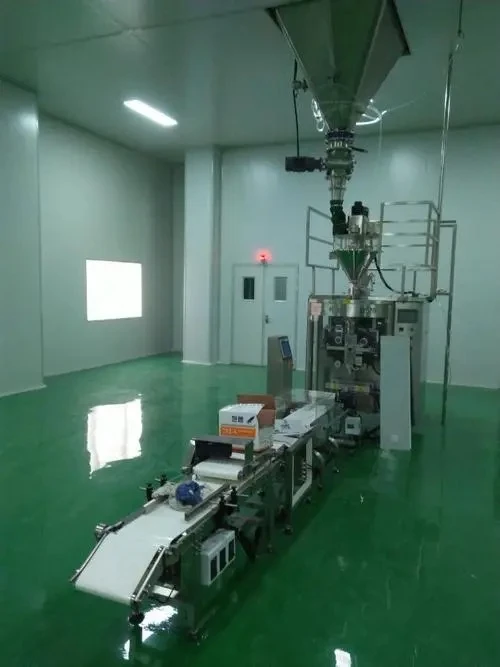- Afrikaans
- Albanian
- Amharic
- Arabic
- Armenian
- Azerbaijani
- Basque
- Belarusian
- Bengali
- Bosnian
- Bulgarian
- Catalan
- Cebuano
- Corsican
- Croatian
- Czech
- Danish
- Dutch
- English
- Esperanto
- Estonian
- Finnish
- French
- Frisian
- Galician
- Georgian
- German
- Greek
- Gujarati
- Haitian Creole
- hausa
- hawaiian
- Hebrew
- Hindi
- Miao
- Hungarian
- Icelandic
- igbo
- Indonesian
- irish
- Italian
- Japanese
- Javanese
- Kannada
- kazakh
- Khmer
- Rwandese
- Korean
- Kurdish
- Kyrgyz
- Lao
- Latin
- Latvian
- Lithuanian
- Luxembourgish
- Macedonian
- Malgashi
- Malay
- Malayalam
- Maltese
- Maori
- Marathi
- Mongolian
- Myanmar
- Nepali
- Norwegian
- Norwegian
- Occitan
- Pashto
- Persian
- Polish
- Portuguese
- Punjabi
- Romanian
- Russian
- Samoan
- Scottish Gaelic
- Serbian
- Sesotho
- Shona
- Sindhi
- Sinhala
- Slovak
- Slovenian
- Somali
- Spanish
- Sundanese
- Swahili
- Swedish
- Tagalog
- Tajik
- Tamil
- Tatar
- Telugu
- Thai
- Turkish
- Turkmen
- Ukrainian
- Urdu
- Uighur
- Uzbek
- Vietnamese
- Welsh
- Bantu
- Yiddish
- Yoruba
- Zulu
Dec . 07, 2024 10:02 Back to list
Effective Methods for Disinfecting Poultry Houses to Ensure Optimal Hygiene and Health
Disinfection of Poultry Houses Ensuring Healthy Livestock
Poultry farming is an essential component of global agriculture, providing a significant source of protein and income for millions of people. However, the health of poultry flocks can be jeopardized by various pathogens that thrive in their environments. Disinfection of poultry houses is, therefore, a critical practice to ensure the health and welfare of the birds, increase productivity, and prevent the spread of diseases.
Importance of Disinfection
Disinfecting poultry houses is vital for several reasons. Firstly, it helps to eliminate pathogens such as bacteria, viruses, and parasites that can cause diseases like avian influenza, Newcastle disease, and coccidiosis. These diseases not only affect the health of the birds but can also lead to significant economic losses due to reduced productivity and increased mortality rates. Regular disinfection can significantly reduce the incidence of these diseases, thus safeguarding the health of the flock.
Secondly, a clean and disinfected environment promotes better growth rates and overall performance in poultry. Healthy birds are more productive, producing higher yields of meat and eggs. This is especially important in commercial poultry operations where profit margins can be thin, and any improvement in productivity contributes to the bottom line.
The Disinfection Process
The disinfection process involves several key steps, beginning with clean-out and removal of organic matter from the poultry house. This includes the removal of bedding, droppings, and any leftover feed. Organic matter can harbor pathogens, making it essential to remove it before applying any disinfectants.
disinfection of poultry house

Following clean-out, the structure should be thoroughly washed down with water to remove any remaining debris. Once cleaned, proper disinfection can take place using appropriate chemical agents. There are various disinfectants available, including chlorine compounds, quaternary ammonium compounds, and hydrogen peroxide. The choice of disinfectant will depend on several factors, including the types of pathogens present and compatibility with the materials in the poultry house.
The application of the disinfectant should be done according to the manufacturer's instructions, ensuring adequate contact time for the disinfectant to be effective. Special attention should be given to high-touch areas such as feeders, waterers, and ventilation systems, as these are often sites where pathogens can be concentrated.
Timing and Frequency
The timing and frequency of disinfection are crucial for effective disease control. Disinfection should occur between flocks to eliminate any residual pathogens from previous birds. Additionally, routine disinfection should be conducted periodically during the production cycle, often every few weeks, especially in intensive systems where the risk of disease spread is higher.
Environmental factors, such as humidity and temperature, can influence the efficacy of disinfectants; hence, consideration should be given to these factors when planning disinfection activities. For instance, hot and dry conditions can enhance the effectiveness of many disinfectants, while cold and damp conditions may reduce their efficacy.
Conclusion
In conclusion, the disinfection of poultry houses is a fundamental practice for maintaining healthy flocks and ensuring the sustainability of poultry farming operations. By regularly disinfecting, farmers can protect their birds from infectious diseases, increase productivity, and ultimately contribute to food security. Furthermore, biosecurity measures, including disinfection, are essential not only for the health of poultry but also for the protection of the broader agricultural community. As the poultry industry continues to evolve, the emphasis on comprehensive disinfection protocols will remain a cornerstone of successful poultry management. By prioritizing these practices, poultry farmers can foster a healthier future for their livestock and the communities they serve.
-
Guide to Oxytetracycline Injection
NewsMar.27,2025
-
Guide to Colistin Sulphate
NewsMar.27,2025
-
Gentamicin Sulfate: Uses, Price, And Key Information
NewsMar.27,2025
-
Enrofloxacin Injection: Uses, Price, And Supplier Information
NewsMar.27,2025
-
Dexamethasone Sodium Phosphate Injection: Uses, Price, And Key Information
NewsMar.27,2025
-
Albendazole Tablet: Uses, Dosage, Cost, And Key Information
NewsMar.27,2025













